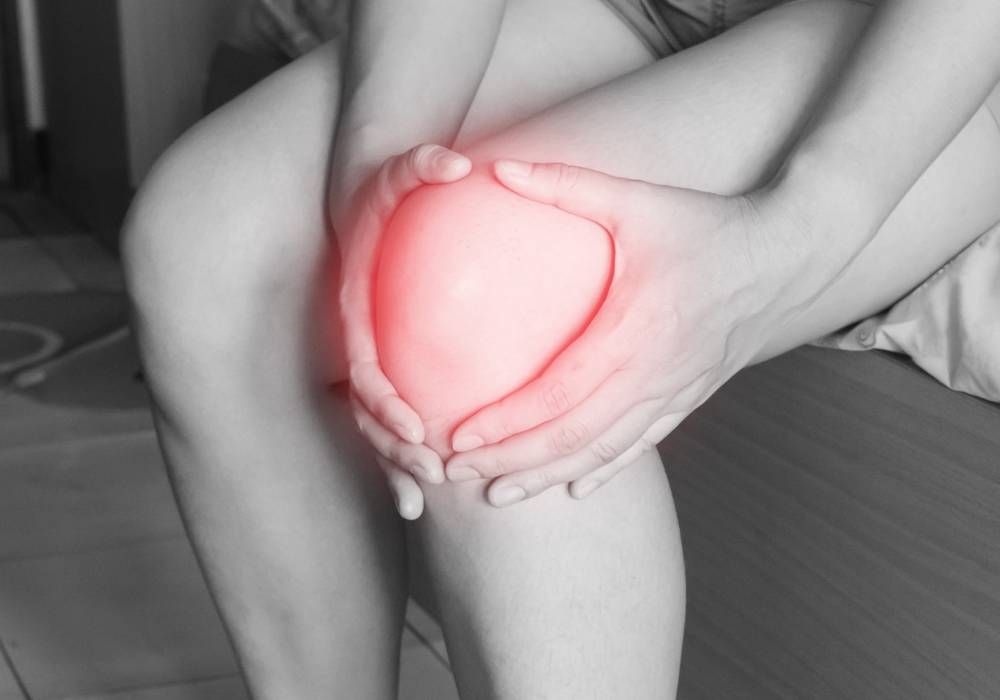
You are not alone for thinking this. The two conditions are often confused when it comes to describing overstretching or tearing of soft tissues in and around your joints. However, although quite similar, there is a difference….
A joint strain is the overstretching or tearing of muscles or tendons. Tendons are the dense fibrous cords of tissue that connect bones to muscles. The most common locations for a muscle strain are the lower back or the hamstrings.
A joint sprain is the overstretching or tearing of ligaments. Ligaments are the bands of tissue that connect two bones together in a joint. The most common location for a sprain is the ankle joint.
The main difference is that with a sprain you may have bruising around the affected joint, whereas with a strain, you may have spasms in the affected muscle as demonstrated by these common symptoms of each:
It is important to note that there are different grades of strains/sprains depending on the severity.
With everyday life, an occasional strain or sprain is quite common. However there are situations that may increase the likelihood of this increasing:
Other factors that can increase your risk of a strain or sprain include:
For the first 24 to 48 hours after your injury, RICE may make you more comfortable and reduce signs and symptoms for both strains and sprains:
The healing times can vary hugely and muscles will normally repair quicker than ligaments.
If, however, you experience any of the following, it is important to see professional advice:
Find out more about our Physio Joe including what his 3 famous dinner party...
We KNOW the exercise is good for us...but maintaining that motivation can be...
Our Colchester Osteopath Matt shares five simple stretches to help ease...
Get active and motivated with the wide range of resources from Active...
Our Colchester Osteopaths share their own 14 self care...